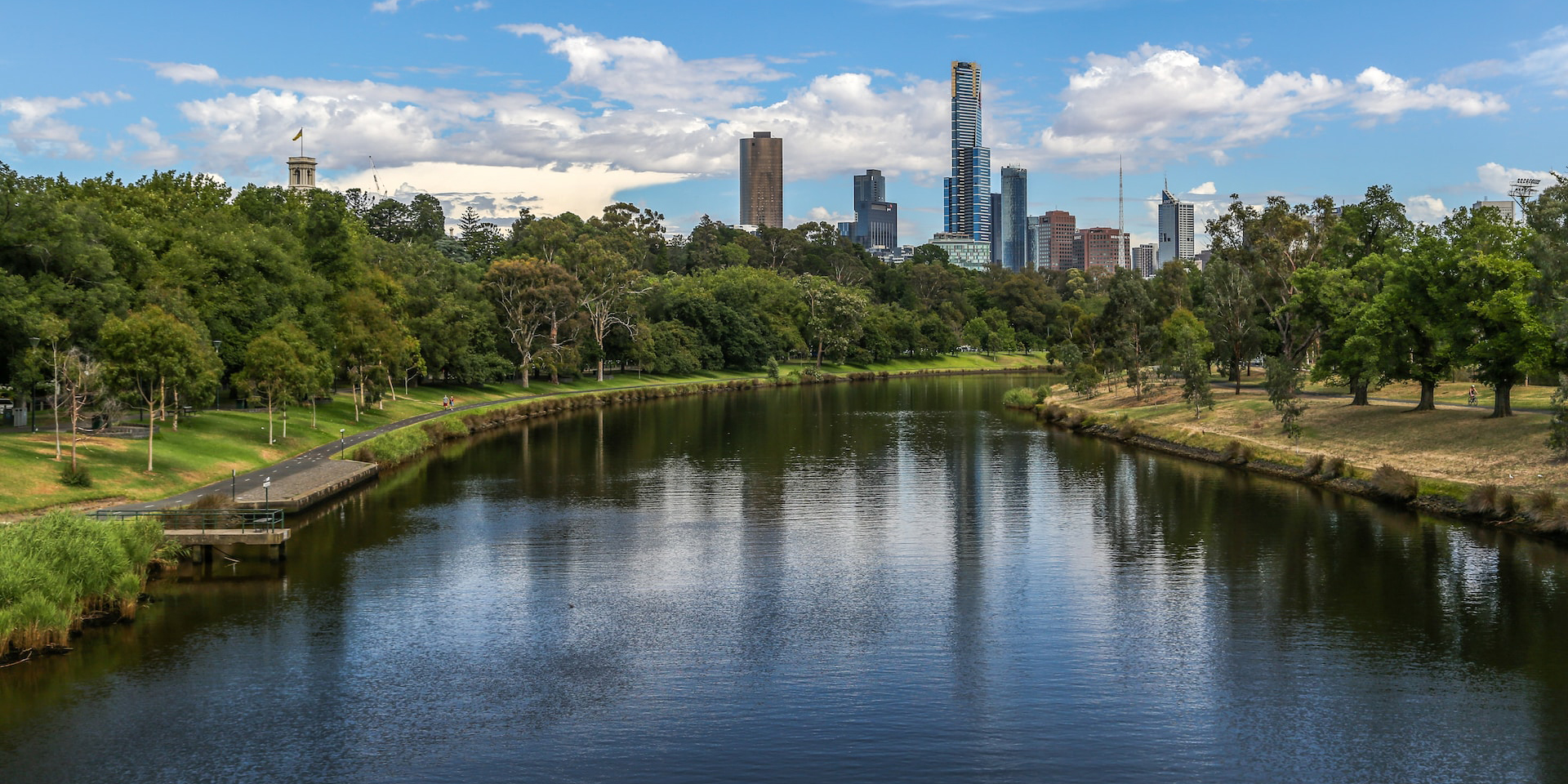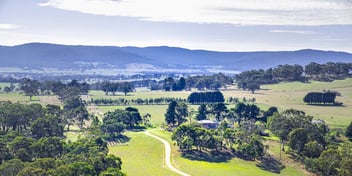Legal status for waterways: where are we headed

“Reciprocity is rooted in the understanding that we are not alone, that the Earth is populated by non-human persons, wise and inventive beings deserving of our respect.”
Robin Wall Kimmerer
The Victorian Branch of the Australian Water Association recently held a thought-provoking forum, "Legal status for waterways: where are we headed?" The event examined how Victoria is recognising waterways as living entities in law, a potential game-changer for water management in Victoria.
The forum commenced with a warm Welcome to Country from Wurundjeri Woiwurrung Elder Uncle Bill Nicholson, introducing attendees to the Indigenous concept of the '7 layers of Country’ and spoke of his connection to waterways.' Uncle Bill highlighted the enduring responsibility felt by the Wurundjeri Woiwurrung to care for Country, a duty that persists because their sovereignty was never ceded.
Dr Meredith Gibbs, Victorian Branch Committee member and our MC for the evening, steered the conversation towards the increasing acknowledgment internationally of the 'Rights of Nature’, including legal status for rivers as entities. She outlined that ‘legal personhood’ usually includes legal standing (the right to sue and be sued), the ability to own and deal with property, and the ability to enter into and enforce contracts. She gave some examples of the differing levels of legal status given to nature and parts of nature. Meredith noted that the Victorian Yarra River Protection (Wilip-gin Birrarung murron) Act 2017 (Yarra Protection Act) recognises, in law, the Birrarung (Yarra River) and its land as one living and integrated entity for protection and improvement. However, this (unlike other international examples) does not equate to legal personhood for the river..
Environmental philosopher, Professor Freya Matthews, our third speaker, introduced many in the audience to the concept of ‘bioregionalism’. Bioregionalism advocates a “return to place”, an ethos of reinhabitation, reorganizing the way we live, culturally, politically and economically, around homeplace, creating local place-based communities with their own local economies, cultures and political structures, all informed by and responsive to their local ecologies. The core idea is reflected in the name: ‘bioregionalism’ – bioregions are generally identified and delineated in terms of their watersheds and catchments. Freya explained that the movement towards legal recognition of natural entities such as waterways is gaining momentum around the world and reflects a desire by many to escape from the restrictive grasp of scientific materialism, and return to Indigenous understanding of nature as informed by its own intelligence and agency, and an integral part of our familial and communal networks. She highlighted the pressing global environmental crisis and the need for a shift towards the bioregionalist approach. Freya took the audience through framing of the rights of nature as legal personality and the critical response from ecological thinkers who argue that legal personhood is ill-adapted to ecosystems characterised by relational inter-dependence. She argued that the Victorian Government’s recognition of the Birrarung (Yarra River) as a living entity has a more ecological and relational flavour and so avoids some of the problems of formal legal personhood. However, she warned that it is just a step, but one in the right direction: extending legal recognition to rivers leads logically to legal recognition of the living agency of other natural entities, other ecological formations and systems. By reframing the debate in this way, Freya suggested first steps towards bridging the chasm between Western and Indigenous worldviews.
The final speaker, Dr Erin O’Donnell, Senior Lecturer and ARC Research Fellow at the University of Melbourne Law School, specialises in the issues surrounding legal personhood for rivers. Erin began by unpacked the challenges of legal recognition for waterways and then delved deep into the implications of what it might mean to recognise rivers as ‘living entities’. She acknowledged the legitimacy problem faced by this approach (in the Western worldview) as it can be seen as tokenistic and without legal rigour, particularly given the historical context of settler States treating rivers and their water as an exploitable resource (“what can we get from the river?”). Erin emphasized the very personal relationships that Traditional Owners across the world have with rivers and that the recognition of waterways as living entities serves as a counterpoint to centuries of disregard for this vital connection. Drawing form her personal experience (since 2018, Erin has been a member of the Birrarung Council, the voice of the Birrarung (Yarra River) under the Yarra Protection Act (above) that recognises the Birrarung as a living entity), Erin elaborated on the role of the Birrarung Council as a voice for the river – advising the Water Minister, advocating for the river's interests, and speaking for and with the river. She concluded by inviting the audience to change perspective and move the narrative from
- “What we can get from the river”: such as water supply, drainage, sewage, stormwater, and amenity; and
- “What we can do for the river”: now the river has a voice, and its interests have a champion;
To:
- “How we can be with the river”: the river is a partner in its own management, and we all work together.
Throughout the forum, the speakers reflected on the Victorian Government's work to legally recognise Victorian waterways as living entities. This legislative evolution could lead to a wider application of laws akin to those safeguarding the Birrarung (Yarra River), acknowledging the intrinsic connection of Traditional Owners to the land, air and water. Indeed, Erin pointed out that the Victorian Government has promised this in at least three separate water policy documents. The event underscored the necessity for the water sector to understand the implications of this transition, preparing for the profound impacts this change could bring to water management in Victoria.
The collective message was clear: we have a responsibility and an opportunity to restore and repair our relationship with waterways by bridging the gap between legal symbolism and practical management.

